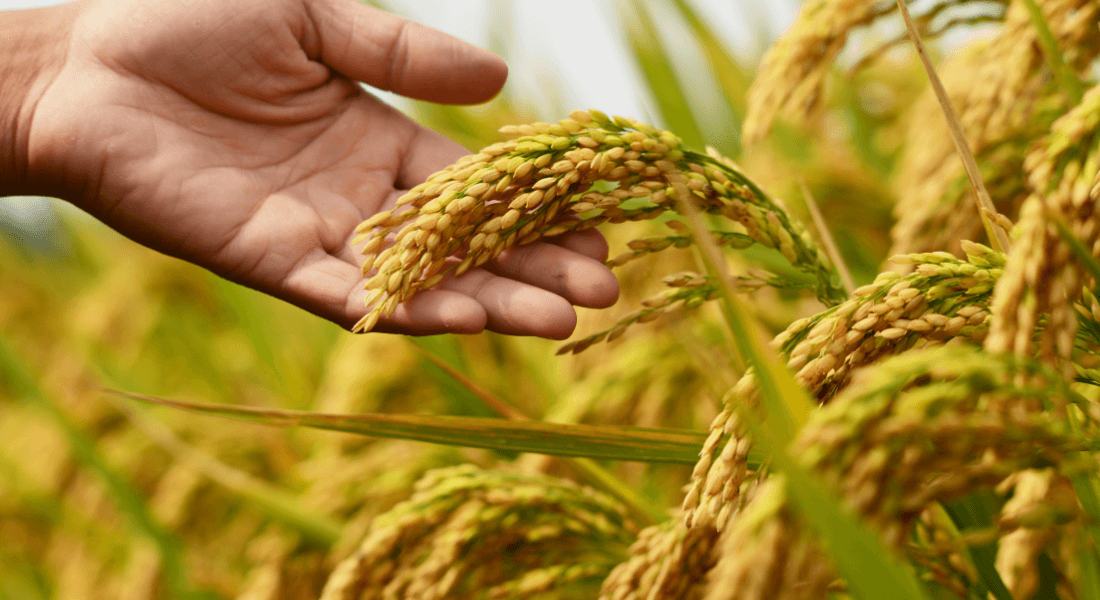PhD defence by Yongxian Chen

Preparation of Small-seized Starch Nanoparticles and Their Potential Applications in Plants
The increasing global population has led to a rising demand for improving crop yields and quality. Conventional agriculture strives to equip crops with the resilience needed to withstand the increasing array of stresses caused by climate changes and disease patterns and pressure. As one means of meeting these challenges, plant nanotechnology has emerged as a promising field in modern agriculture. Nanotechnology may contribute to enhance stress resistance and yields through the development of nanosystems, such as nanofertilizers, nanopesticides, nanosensors, and plant genetic engineering based on nanotechnology. However, recent concerns have been raised regarding the potential toxicity of plant nanotechnology. Metal-based nanoparticles, a primary component of current plant nanotechnology, have been widely shown to pose potential risks to plants and the environment. In contrast, biodegradable nanoparticles have garnered attention due to their environmental friendliness and biodegradability. Among these, starch nanoparticles (sNPs) are considered ideal materials for plant and agricultural applications due to their abundant availability and low cost. Nevertheless, the lack of methods to prepare small-sized sNPs (ss-sNPs), required to penetration of the plant cell wall, constrains their applications in plant and agriculture.
In this thesis, I developed a novel method for preparing ss-sNPs from six well-defined different starch types by integrating nanoprecipitation and sequential centrifugation. The process is straightforward, eco-friendly, and time-efficient (under 4 h), yielding nanoparticles with diameters smaller than 50 nm. We conducted a comprehensive examination of the products, including structural, microscopic, and physical analyses. The ss-sNPs from all starch types displayed excellent stability in water for up to three weeks, making them suitable for a wide range of applications. Notably, the formation 9 of 10 nm ss-sNPs (G50-NPs) using a high amylose (more linear) starch as the precursor was successfully achieved. To assess whether these 10 nm ss-sNPs could penetrate the plant cell wall, fluorescent starch nanoparticles (NB@G50-NPs) was synthesized through amidation. The fluorescence quantum yield of NB@G50-NPs increased from 9% (free dye) to 14% and remained stable across a broad pH range (3–10). The results showed that NB@G50-NPs could traverse the plant cells wall barrier and were readily absorbed by Arabidopsis roots, exhibiting nearly ten times higher fluorescence intensity compared to the free dye (Nile Blue A). Furthermore, the application of G50-NPs was explored for noninvasive salt stress detection in plants through mitochondrial imaging. Given the close relationship between mitochondrial function and salt stress, another fluorescent starch nanoparticles (RH@G50-NPs), approximately 20 nm in size, was prepared using the mitochondrial-targeting dye Rhodamine 123. These nanoparticles rapidly entered Arabidopsis roots and localized to mitochondria within 30 min at a low concentration (2.3 nM). Additionally, RH@G50-NPs demonstrated excellent stability across a range of salt concentrations (0 mM to 200 mM NaCl). The results suggest that RH@G50-NPs hold significant promise for noninvasive salt stress detection in plants and offer a green, biodegradable material for nanotechnology applications in plant sciences.
Supervisors
Bent Larsen Petersen, PLEN
Assessment Committee
Chair - Professor Peter Ulvskov, PLEN
Member 2 (external) - Professor Klaus Herburger, Rostock University, Germany. klaus.herburger@uni-rostock.de
Member 3 (external) - Ass. Professor, Ana Carina Loureiro Mendez, Danish Technical University, Denmark. anac@food.dtu.dk
